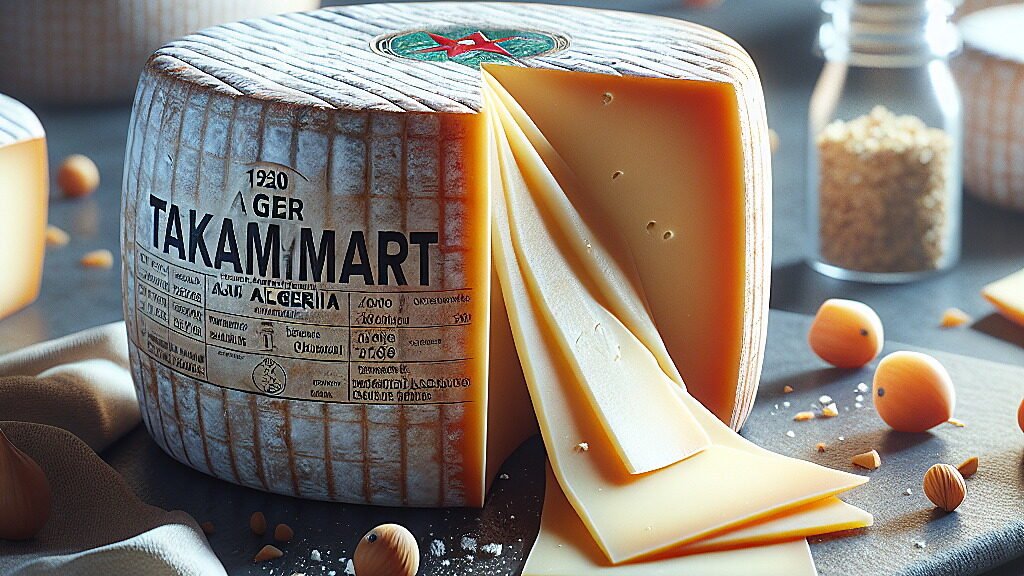Berber Tradition Cheese
Berber Tradition Cheese Definition
Berber Tradition Cheese refers to artisanal dairy products historically crafted by the Berber peoples across North Africa. These cheeses are typically made from goat, sheep, or camel milk using age-old methods passed through generations. They represent a distinct category within cheese taxonomy due to their unique cultural and regional production techniques.
The scope of Berber Tradition Cheese includes varieties produced in Morocco, Algeria, Tunisia, and Libya. These cheeses are often fresh or briefly aged, emphasizing natural preservation methods. They are categorized by their simple ingredients and reliance on indigenous microbial cultures rather than commercial starters.
Production Techniques
Berber cheese production begins with raw milk, which is gently warmed and coagulated using animal rennet or wild thistle enzymes. The curds are hand-ladled into woven grass baskets or cloth bags to drain. This manual process ensures minimal mechanical disruption, preserving the delicate texture.
Aging occurs in cool, earthenware jars or caves for periods ranging from days to several months. Salt is applied dry or through brining, and some varieties are preserved in olive oil or herbs. The absence of pasteurization maintains complex flavor development through natural microflora.
Sensory Profile
Fresh Berber cheeses present a bright, tangy acidity with grassy and herbal notes from pasture grazing. Their texture ranges from moist and crumbly in young versions to semi-firm in aged examples. A characteristic slight gaminess reflects the wild forage diet of the animals.
Aged varieties develop deeper nutty and earthy tones with a pronounced salty minerality. The rind may show natural mold blooms contributing musty complexity. These cheeses typically lack the sharpness of European aged cheeses, favoring a balanced savory profile.
Culinary Applications
Traditional Berber cheeses serve as staple proteins in rural diets, often eaten with flatbreads and olives. Fresh versions are crumbled over salads or stuffed into savory pastries like Briouats. Their mild acidity makes them ideal for balancing spicy tagines and couscous dishes.
Modern applications include melting over grilled meats or incorporating into fusion dishes. The aged varieties grate well over pasta or grain bowls. Their robust flavor stands up to strong ingredients like harissa and preserved lemons in contemporary North African cuisine.
Regional Examples
Morocco produces Jben, a fresh cheese drained in reed baskets that develops a distinctive geometric pattern. Algeria’s Bouhezza is aged in goatskin bags called “chekoua,” acquiring a pungent aroma. Both represent core styles within the Berber tradition.
Tunisian Kareesh features a pressed curd format often preserved in olive oil. Libyan varieties include salted camel milk cheeses aged in clay pots. These regional differences demonstrate how local resources and climate shape the Berber cheese spectrum across North Africa.

